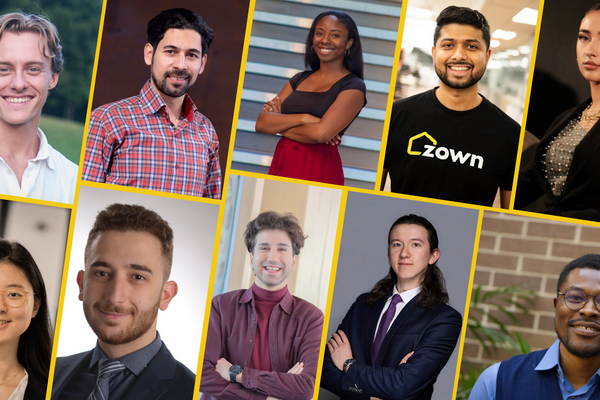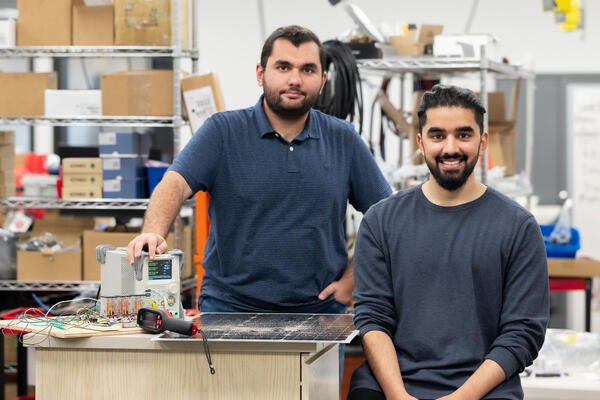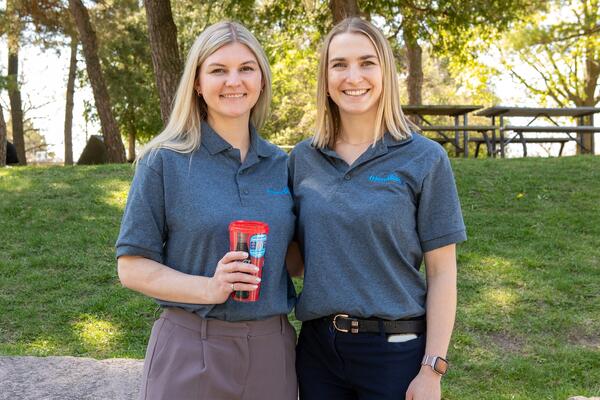
Celebrating George Yu
Engineering alumnus makes his mark as a scientist, craftsman, musician and artist

Engineering alumnus makes his mark as a scientist, craftsman, musician and artist
By Faculty of EngineeringIt takes a great artist to create a great violin. The result is even more inspiring if that artist is an intrepid scientist and first-rate engineer. George Yu (BASc ’86, systems design engineering) is all of these things and more.
Yu is a renowned luthier — a maker of violins — who is based in Louisville, Kentucky, and models many of his handcrafted instruments on rare, centuries-old Italian violins. Prized by great musicians, his masterpieces delight audiences who hear professionals play them in the New York Philharmonic, the Orpheus Chamber Orchestra, the Lyra Baroque Orchestra and other ensembles.
Students at some of the best music conservatories hone their skills with a Yu violin. And the accolades from the musical world have been stunning. One of his violins won a rare, double-distinction award at the 2014 Violin Society of America Competition, which had no fewer than 246 violin entries.
To be sure, the trajectory of Yu’s life is not entirely surprising. As a child, he learned a love of science growing up in the chemistry labs of his graduate-student parents. At the same time, he inherited their passion for music and learned to play violin. When he began studying in Waterloo’s demanding systems design engineering program, he turned to playing chamber music “to put a balance in my life.”
His degree led to a nine-year stint as a software engineer. But his career path veered sharply in a different direction when he was accepted into the Violin Making School of America in Salt Lake City. Graduating from the program in 1999, he apprenticed a further year in Boston before setting up his workshop in Toronto and then, in 2018, in Louisville.
For Yu, the three months of painstaking labour required to make a single violin is “a confluence of science, music and craft.” CT scans of vintage violins reveal the precise information he needs to make his own personal versions of these priceless instruments. Before working with a specific piece of wood, he takes measurements for its stiffness and density. Science also determines his choice of drying oils in varnish.
"I come up with what I call a platonic ideal of a model of a violin," he says, sounding distinctly philosophical. "I want my own idiosyncrasies to flow from there."
Engineer, craftsman, musician, artist: in what, far more than a job, is a life’s calling, Yu embodies them all.
This story first featured in WEAL 2022.

Read more
From transforming solutions for homeownership to advancing health care interventions, Waterloo talent continues to disrupt industries and drive change

Amirhossein Boreiri (left), Swish Solar's Chief Technology Officer, and Miswar Syed, Chief Executive Officer, are the latest Velocity-based company to raise pre-seed funding. (Velocity / University of Waterloo)
Read more
Velocity cleantech company closes pre-seed round, financing will help accelerate market adoption of its self-cleaning solar technology

Read more
Alumni startup Friendlier is making Canada’s switch to reusable plastics easy with a national expansion plan supported by ongoing investment
The University of Waterloo acknowledges that much of our work takes place on the traditional territory of the Neutral, Anishinaabeg, and Haudenosaunee peoples. Our main campus is situated on the Haldimand Tract, the land granted to the Six Nations that includes six miles on each side of the Grand River. Our active work toward reconciliation takes place across our campuses through research, learning, teaching, and community building, and is co-ordinated within the Office of Indigenous Relations.